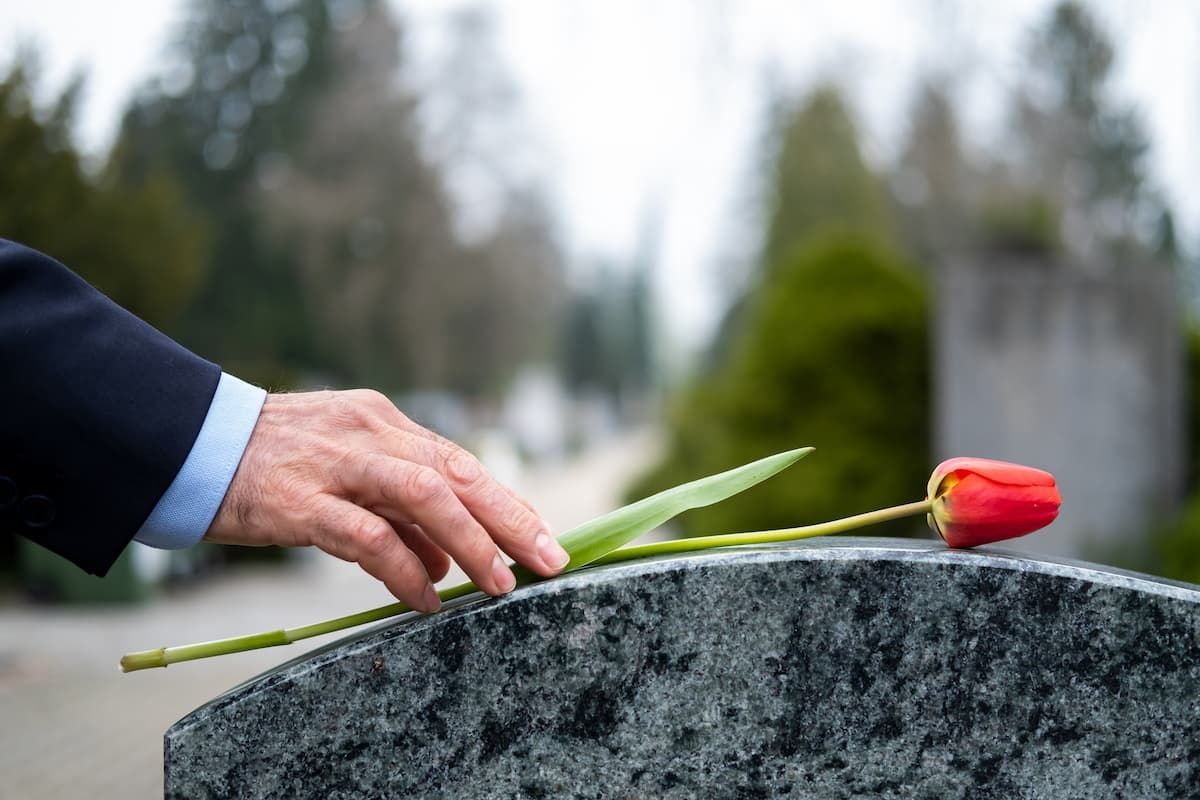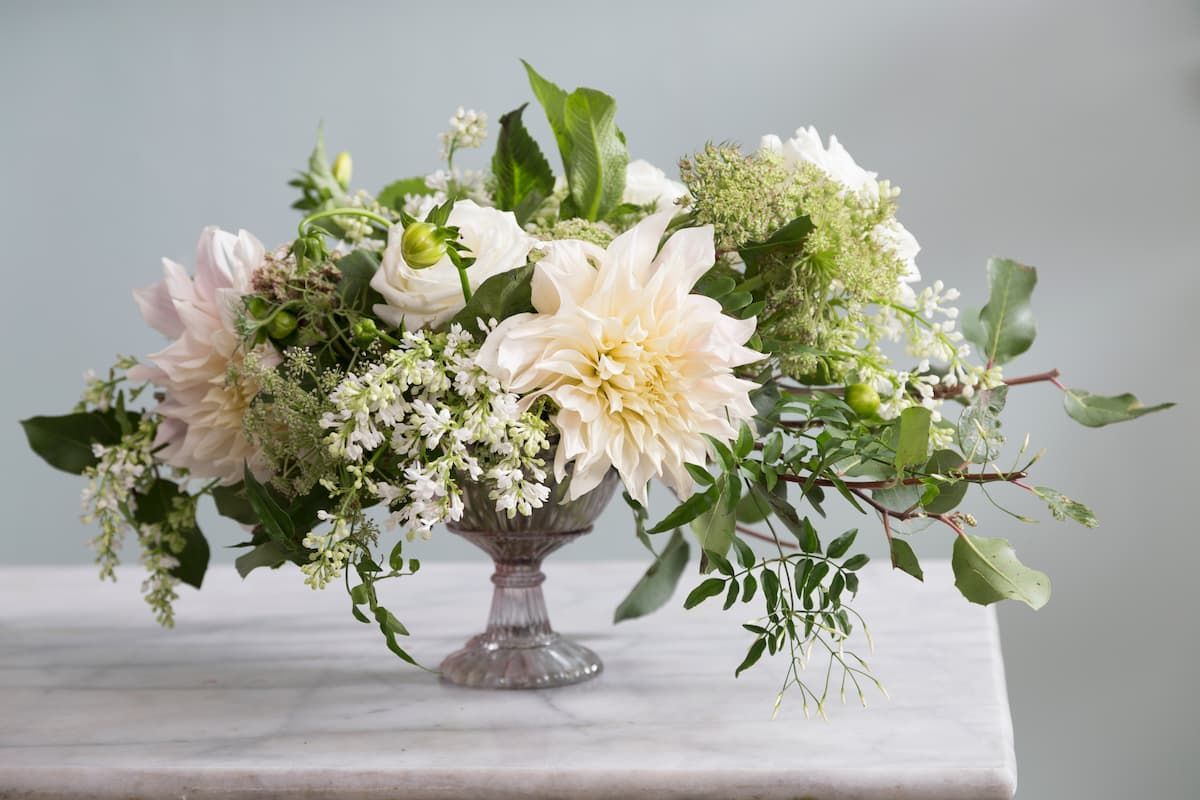Menu
Preplanning brings peace of mind. Get started here.
Death rituals around the world
In the United States, we are familiar with how life and death are mourned or celebrated. In other cultures and countries, there are many different approaches to memorializing the dead. Funeral practices are deeply ingrained in culture and around the globe, and varied traditions reflect a plethora of beliefs and values. Here, we look at a few of funeral traditions that are unique from around the world.
Mongolia
A common practice in Mongolia is what is known as a sky burial. This is when the bodies of the dead are put in coffins and left to hang off the side of a cliff, exposing them to the elements and wild animals. This kind of burial is based on the ideals of Vajrayana Buddhists, who find it needless to pay respects to the body after death. However, there are also those who do bury the deceased underground as common in Western culture. The casket is covered in red and black, the colors of mourning, milk, and rice are sprinkled on top if it.
Ecological Burials - Around the World
It has become more common for people in the modern day to think more eco-friendly about burials. This kind of burial emphasizes a quick decay. One known way to do this is by tree burials, which can vary, but generally, a biodegradable urn is planted with a seed before being buried into the ground.
Iran
Iran’s ritual is a longer process than many other cultures and is shaped by the Islamic faith. The body of the deceased must be buried within 24 hours of dying. The body is washed nine times, wrapped in a white cover, and then tied in it with cords. It is considered holy to help carry or touch the coffin, so there is usually a large procession surrounding the coffin. The body is then buried facing Mecca, the most sacred city, while mourners read passages of the Qu’ran. Starting on this day, mourners are required to wear black until the fortieth day. On the third day after the burial, there is a memorial service held that includes flower arrangements, halvah (treat made of sesame seeds and flour), and rose water sprinkled everywhere. On the seventh day after the burial, mourners visit the grave and give food to the poor. On the 40th day after the burial, a gravestone is put on the grave and mourners are allowed to wear regular clothes again. However, the wife of the deceased continues to wear black for one full year.
South Korea
Over the years South Korea has become limited to the amount of burial space they have. In 2000, a law was created, so the deceased had to be removed sixty years after being buried. Since then, many have resorted to cremation, but not like how it’s done here in the U.S. Once the body is cremated, it is pressed into beads of all colors. These aren’t worn, but they are put into urns or glass jars.
Ghana
In Ghana, the deceased are believed to be very powerful and play roles in the lives of the living. The families of the deceased go to great lengths to show their respect, and one way to do so is by “fantasy” coffins. These coffins are highly decorated and different shapes, ranging from cars to animals and everything in between. The coffins represent either a favorite hobby or the profession of the deceased. Those that use these kinds of caskets believe that the afterlife is similar to life on Earth, so the coffin itself serves as a vessel that allows the deceased to continue what they love after death.




Subscribe to our newsletter
Subscribe to our newsletter




